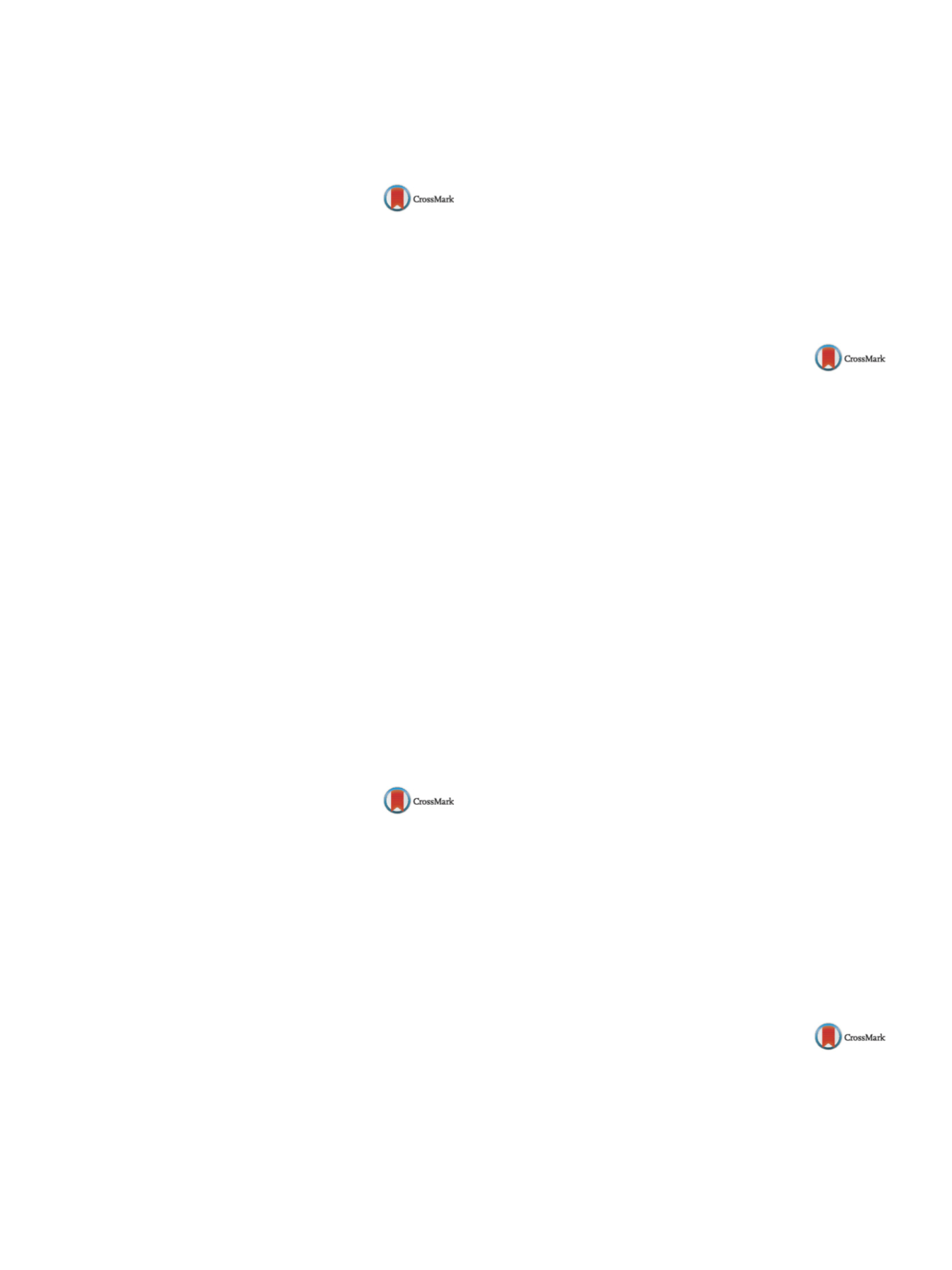

S570
25th European Congress of Psychiatry / European Psychiatry 41S (2017) S521–S582
Disclosure of Interest
The authors have not supplied their decla-
ration of competing interest.
http://dx.doi.org/10.1016/j.eurpsy.2017.01.838EV0509
Primary Health Care. Suicide
Prevention Proposal. Santiago del
Estero. Argentina
T. Sanchez Cantero
1 , 2 , R . Costill
a 2 ,∗
, M .Chávez
11
APA, International Member, Santiago del Estero, Argentina
2
APSA, Psychiatry, Santiago del Estero, Argentina
∗
Corresponding author.
Background and aim
Suicide is a serious and growing problem
worldwide. According to the World Health Organization, for each
death there are twenty attempts on record. Every year over 800,000
people commit suicide, that is, one in every forty. 45% of the peo-
ple who commit suicide visit their Primary Health Care physician
in the previous month. Seventy-five percent of suicides take place
in countries with medium or low income and Argentine heads the
suicide rate in Latin America. In the last twenty years the death
by suicides rate in young people (aged 15–35) and has decreased
in older age groups (+ 55), which historically presented the high-
est rates. In the inner zone of the province of Santiago del Estero,
suicides have increased among teenagers
[1] .Aims
To knowsuicide statistics in young people in the last decade
so that a prevention scheme can be produced.
Methods
Descriptive observational study.
Results
In the province of Santiago del Estero suicides occur more
frequently among young people, aged 15–35, and the rate has
increased significantly in the inner zone of the province.
Conclusions
The analysis carried out reveal that this problem in
increasing in our province and it requires analysis and consensus
in order to design a model of Primary Health Care Prevention.
Disclosure of Interest
The authors have not supplied their decla-
ration of no competing interest.
Reference
[1] Ministerio de Economía. Santiago del Estero. Dirección General
de Estadísticas y Censos. Argentina; 2015.
http://dx.doi.org/10.1016/j.eurpsy.2017.01.839EV0510
Incidence of dissociative stupor and
possession in a private psychiatry
clinic
D. Dua
1 ,∗
, P. Dua
21
Kripya- Dua Neuropsychiatric Centre, Psychiatry, Lakhimpur Kheri,
India
2
Nimhans, Psychiatry, Bengaluru, India
∗
Corresponding author.
Introduction
Dissociative and conversion disorders are reported
to have a present incidence of about 85–100per 1000 by different
studies, which are very few. The present research is a part of a lon-
gitudinal study of 15 years but here; only 3 years are represented,
which could be briefly analyzed.
Objective
Latest reports suggest a decline in incidence of hys-
teria (conversion and dissociation) and this research just tries to
reconfirm.
Methods
All new patients attending a private psychiatry OPD in a
small township of India at Lakhimpur Kheri in Uttar Pradesh, were
screened to identify cases of dissociative disorder according to ICD
10, F44.2 and F44.3 from the 1st of January 2016 to 31st of Octo-
ber 2016 (10months). These screened cases, only those presenting
with fits of unconsciousness and possession, were analyzed and
compared with the previous years for the same period.
Results
Out of a total of 3671 patients seen, (2122males and 1549
females) a total of 319 presented with the above mentioned symp-
toms (58 males and 261 females) about 87 per 1000 of psychiatric
patients.
Conclusion
The results, when compared with two previous years
for the same periodwere quite similar, 2015 getting incidence of 97
per 1000 and 2014, an incidence of 89 per 1000. The inference thus
is that there does not seem to be any decline of incidence and the
figure would be much higher if both conversion and dissociative
symptoms are included – a really serious situation.
Disclosure of Interest
The authors have not supplied their decla-
ration of competing interest.
http://dx.doi.org/10.1016/j.eurpsy.2017.01.840EV0511
Is early life environment a risk factor
for psychiatric disorder?
T. Duarte
∗
, A. Ferreira , S. Paulino , L. Câmara Pestana
Centro Hospitalar Lisboa Norte, Hospital de Santa Maria, Servic¸ o de
Psiquiatria e Saúde Mental, Lisboa, Portugal
∗
Corresponding author.
Introduction
Season of birth, an exogenous indicator of early
life environment, has been related to higher risk of adverse psy-
chiatric outcomes. According to literature, an excess of 5–8% of
winter-spring births is found in individuals who later develop
schizophrenia and bipolar disorder; this seasonal birth excess is
also found in schizoaffective disorder (winter), major depression
(March–May), and autism (March).
Objectives
The objective of this study was to analyze the seasonal
birth patterns of in-patients with psychiatric disorders.
Aims
Understand the relation between psychiatric disorders and
season of birth during a 10 year period in a Portuguese University
Hospital.
Methods
Analyze the birth date distribution of 2202 in-patients
between 2007 and 2016 and compare with the psychiatric diagno-
sis.
Results
Patients’ diseases analyzed by birthday season: 60% of
patients with schizoaffective disorder were born in winter-spring,
48.4% of mental retarded patients were born in autumn, 37% of
dementia patients in winter, 77% of patients with delusional dis-
order in winter-spring, 78% of patients with Cluster A personality
disorder in spring-summer and 71% of patients with substance
abuse conditions in autumn-winter. No seasonal birth excess was
found for bipolar affective disorder, schizophrenia, alcohol abuse,
major depressive disorder or Cluster B personality disorder.
Conclusions
Our sample data shows evidence for a potential
link between season of birth and risk for schizoaffective disor-
der, dementia, mental retardation, Cluster A personality disorder,
delusional disorder and substance abuse. The attempt to explain
seasonal birth patterns in psychiatric illnesses could serve to clarify
the etiological bases of such disorders.
Disclosure of Interest
The authors have not supplied their decla-
ration of competing interest.
http://dx.doi.org/10.1016/j.eurpsy.2017.01.841EV0512
Screening for mental health problems
as indicator for evaluation of needs
for mental health services
N. Fanaj
1 ,∗
, S. Mustafa
1, F. Shkëmbi
2, B. Kabashaj
3, B. Fanaj
31
Community Based Mental Health Center, Mental Health Center,
Prizren, Kosovo
2
European University Of Tirana, Social Sciences, Tirana, Albania
3
University Of Prishtina, Social Sciences, Prishtina, Kosovo
∗
Corresponding author.


















